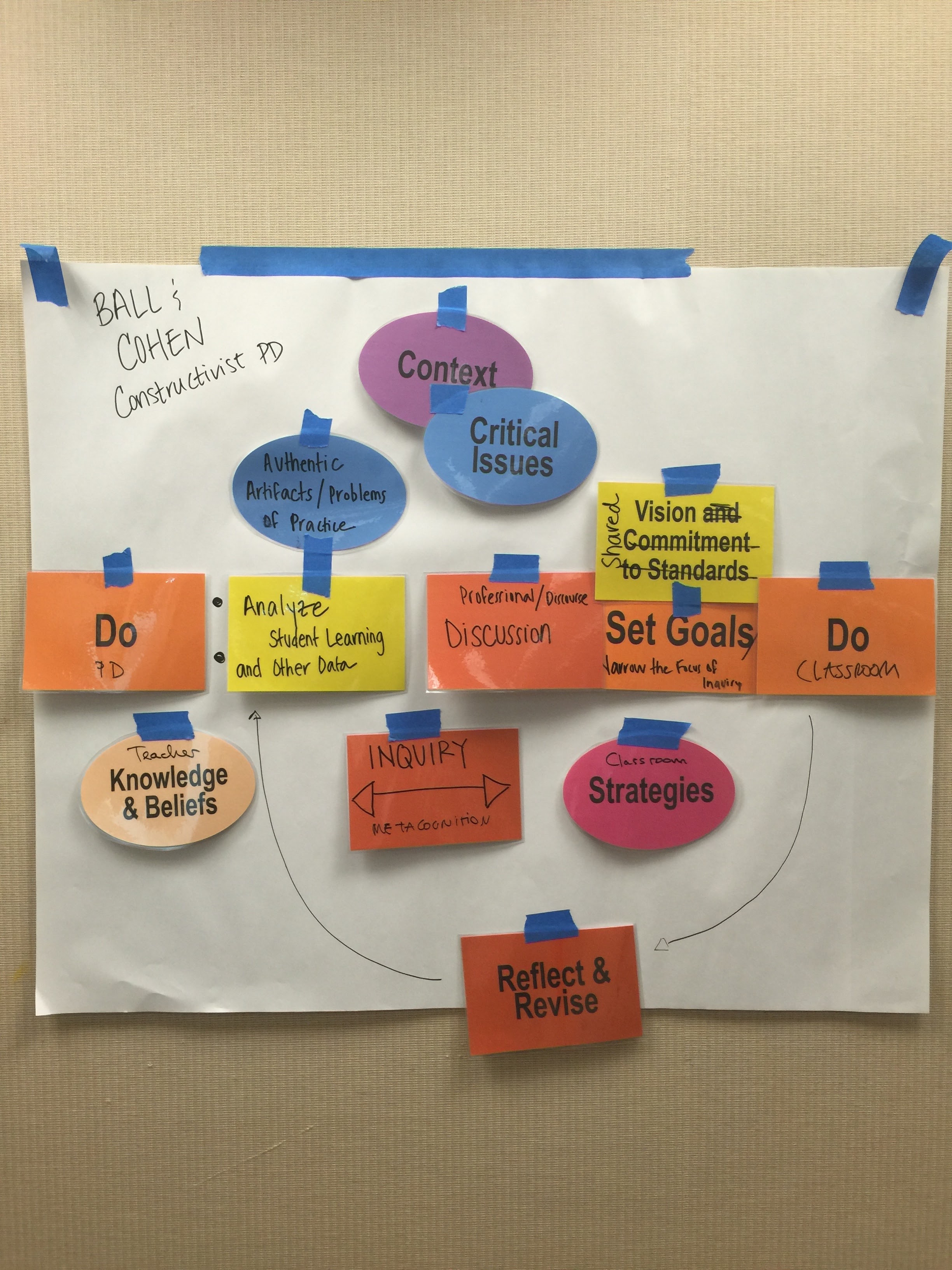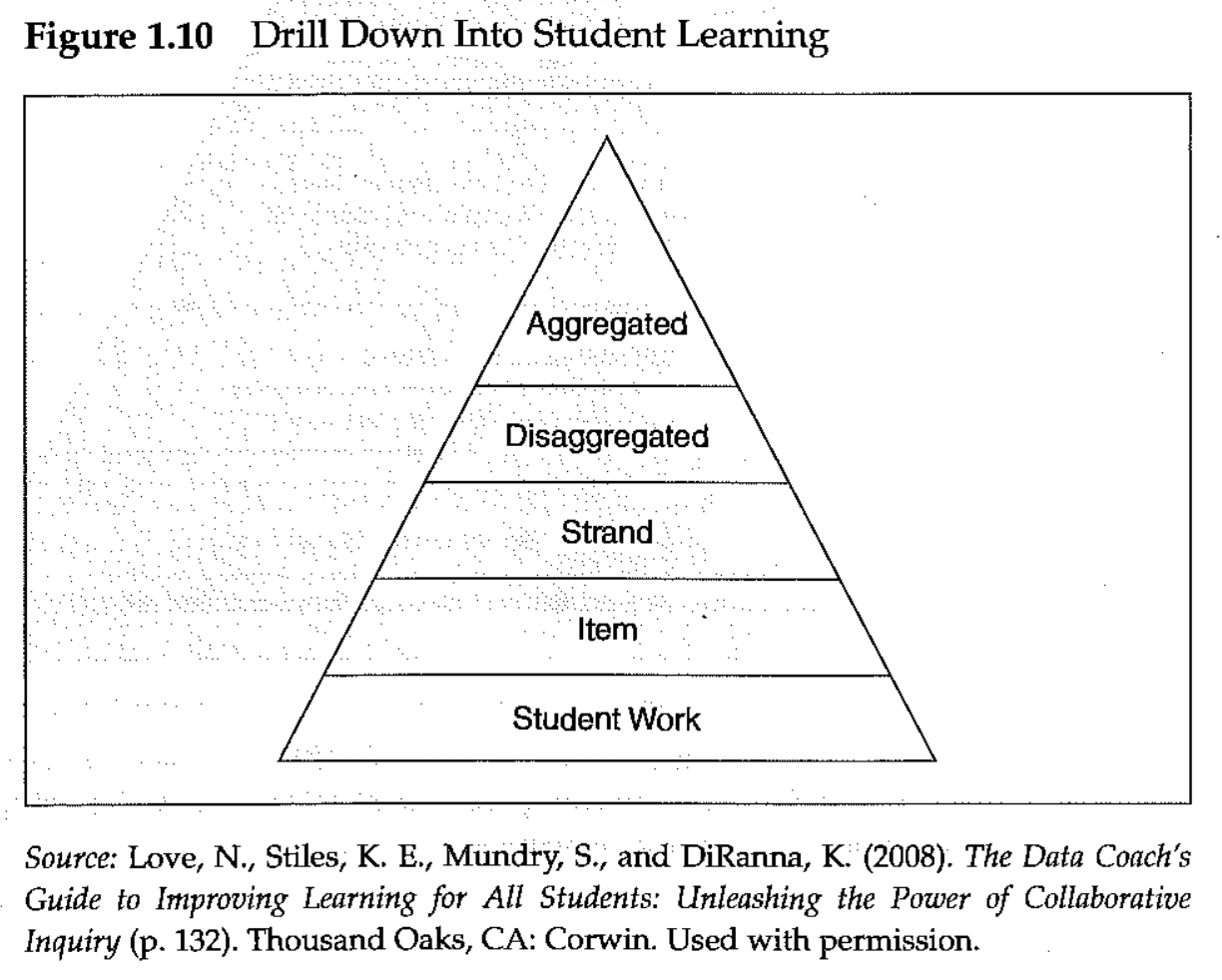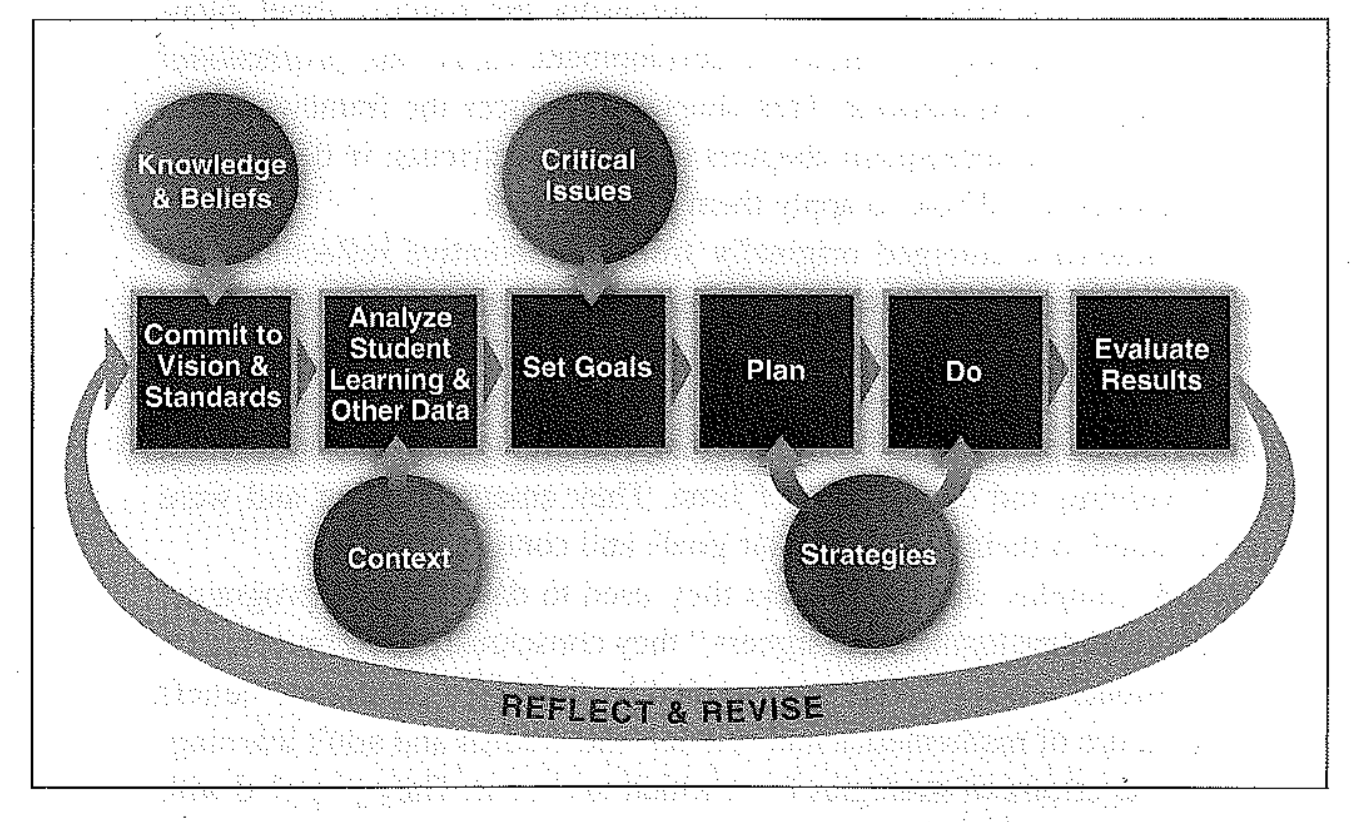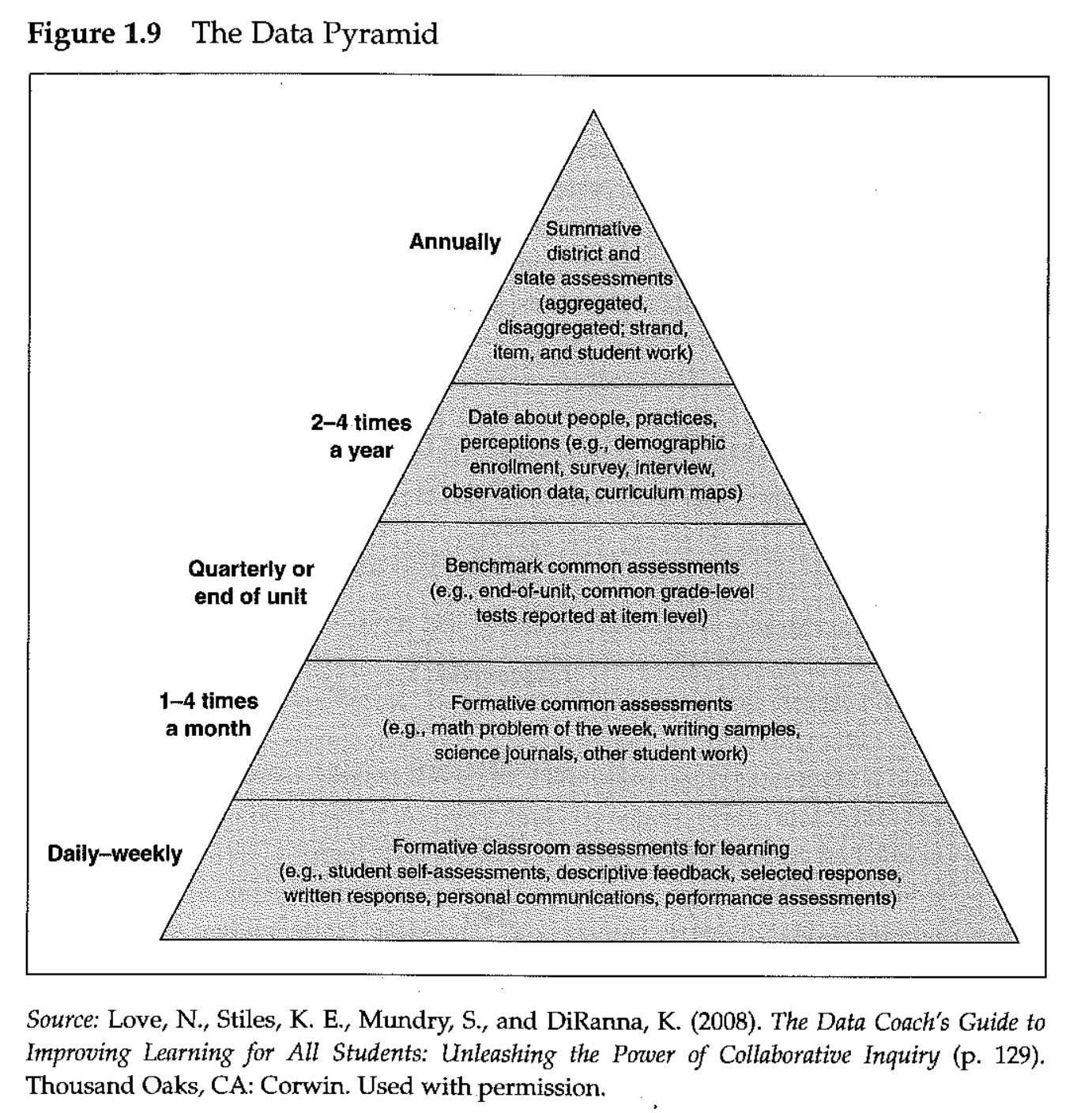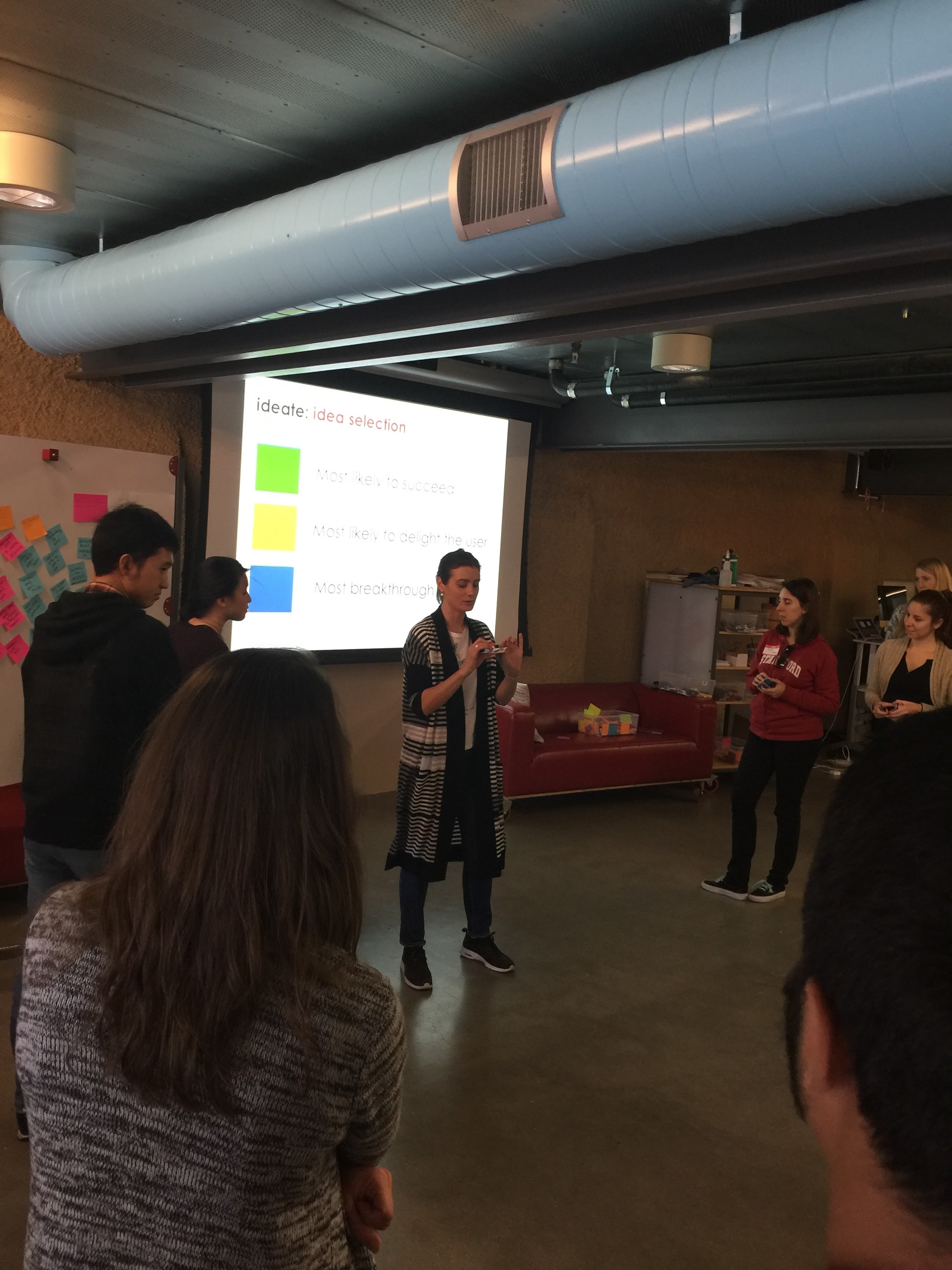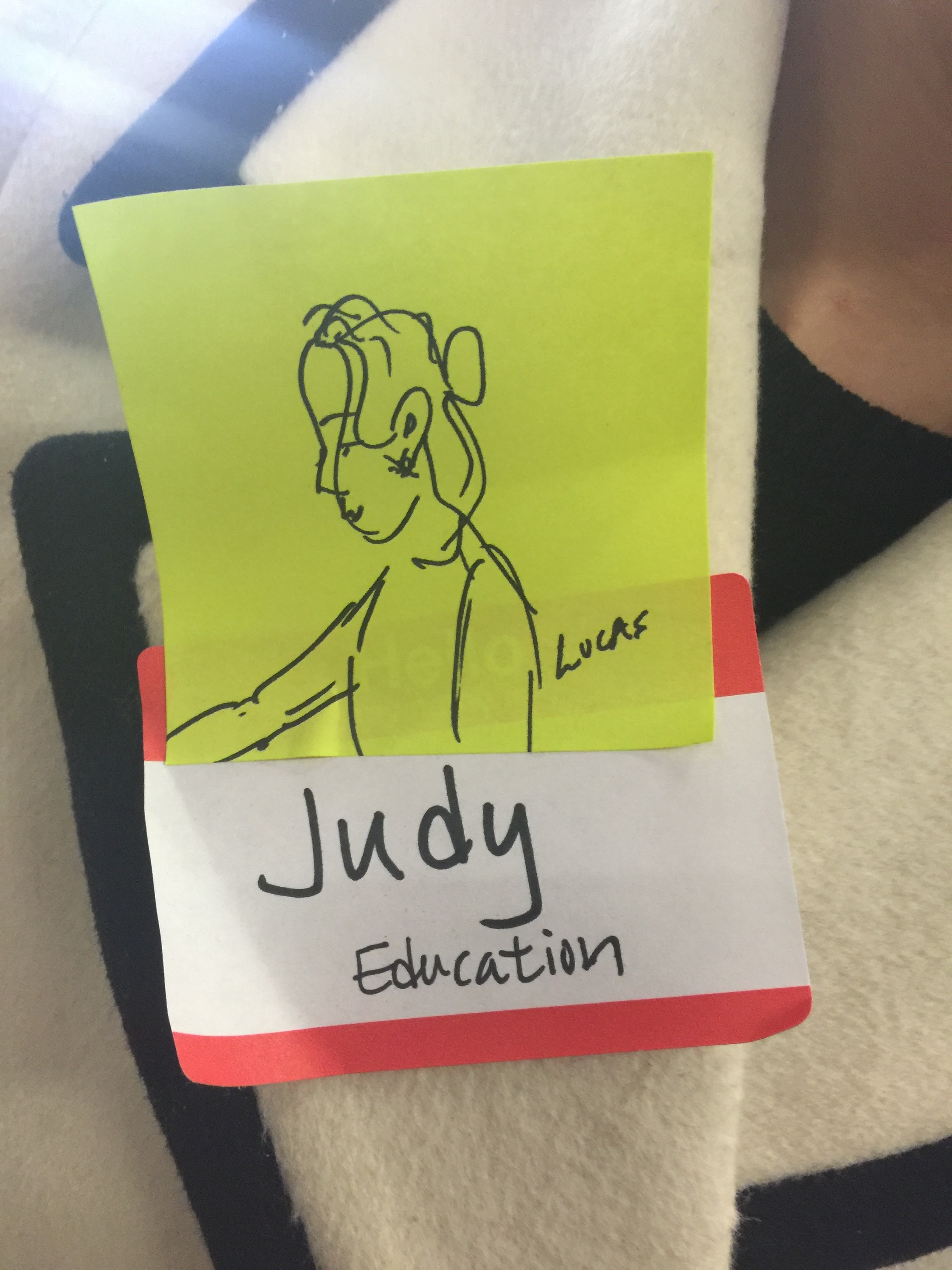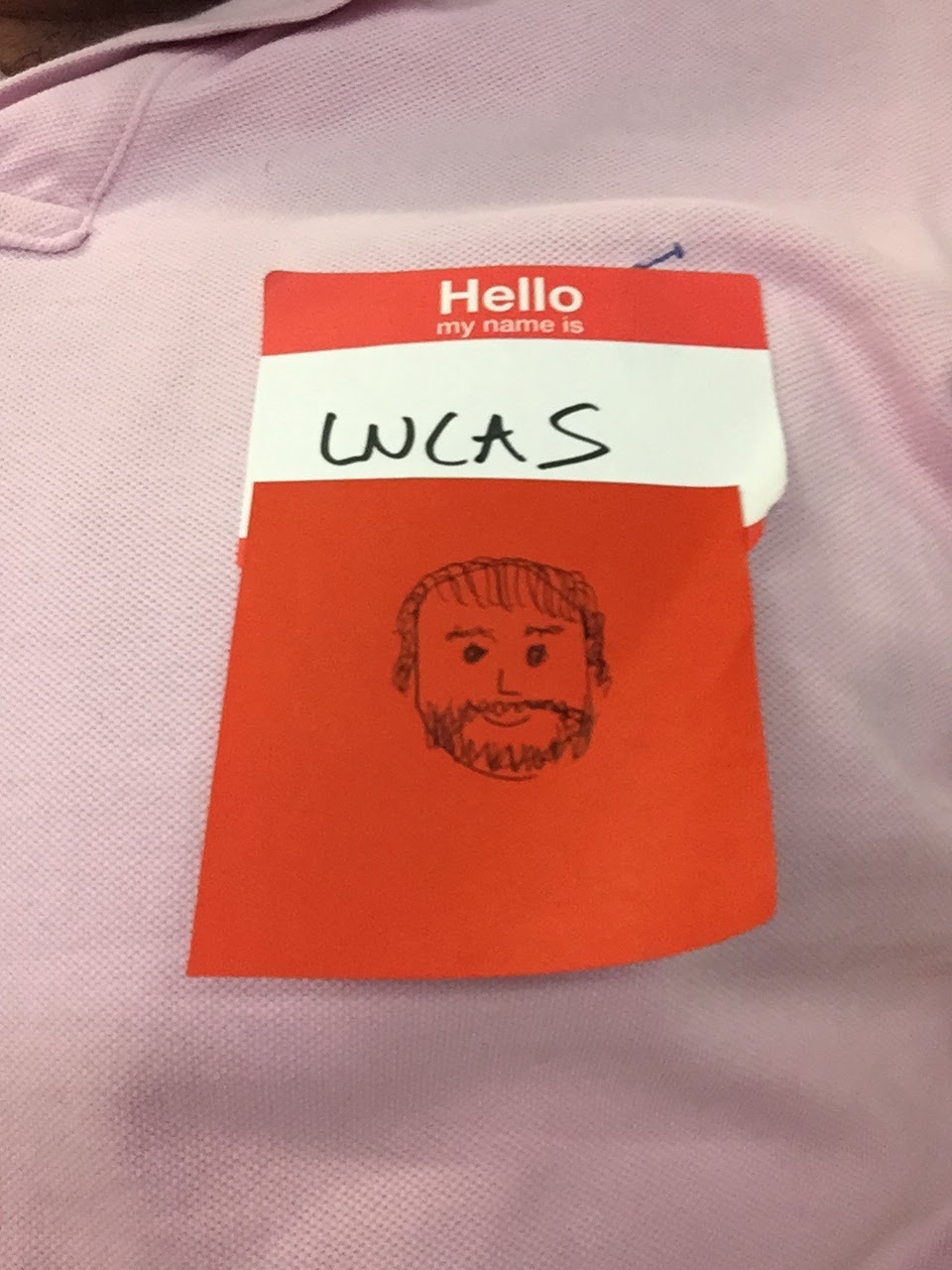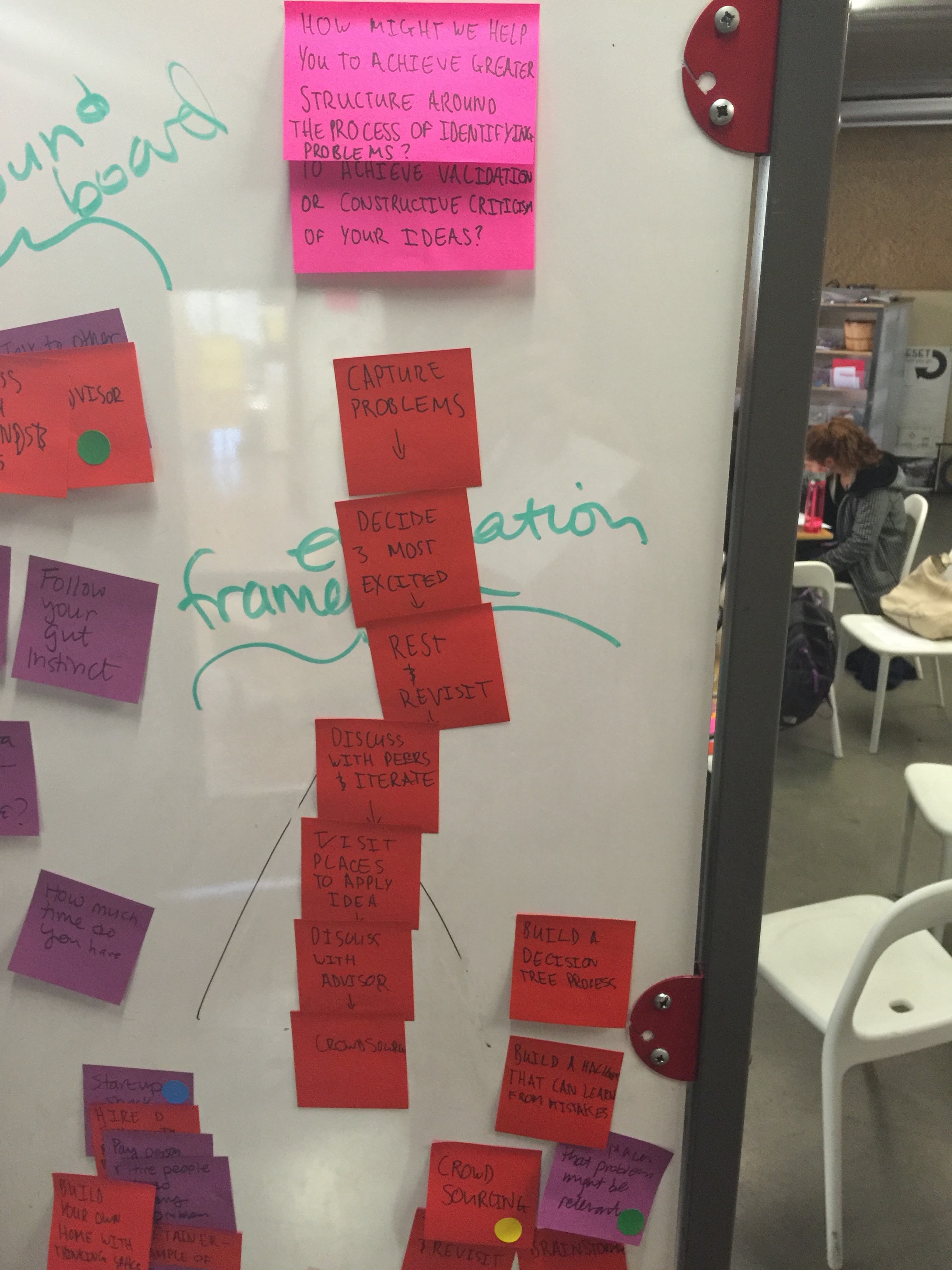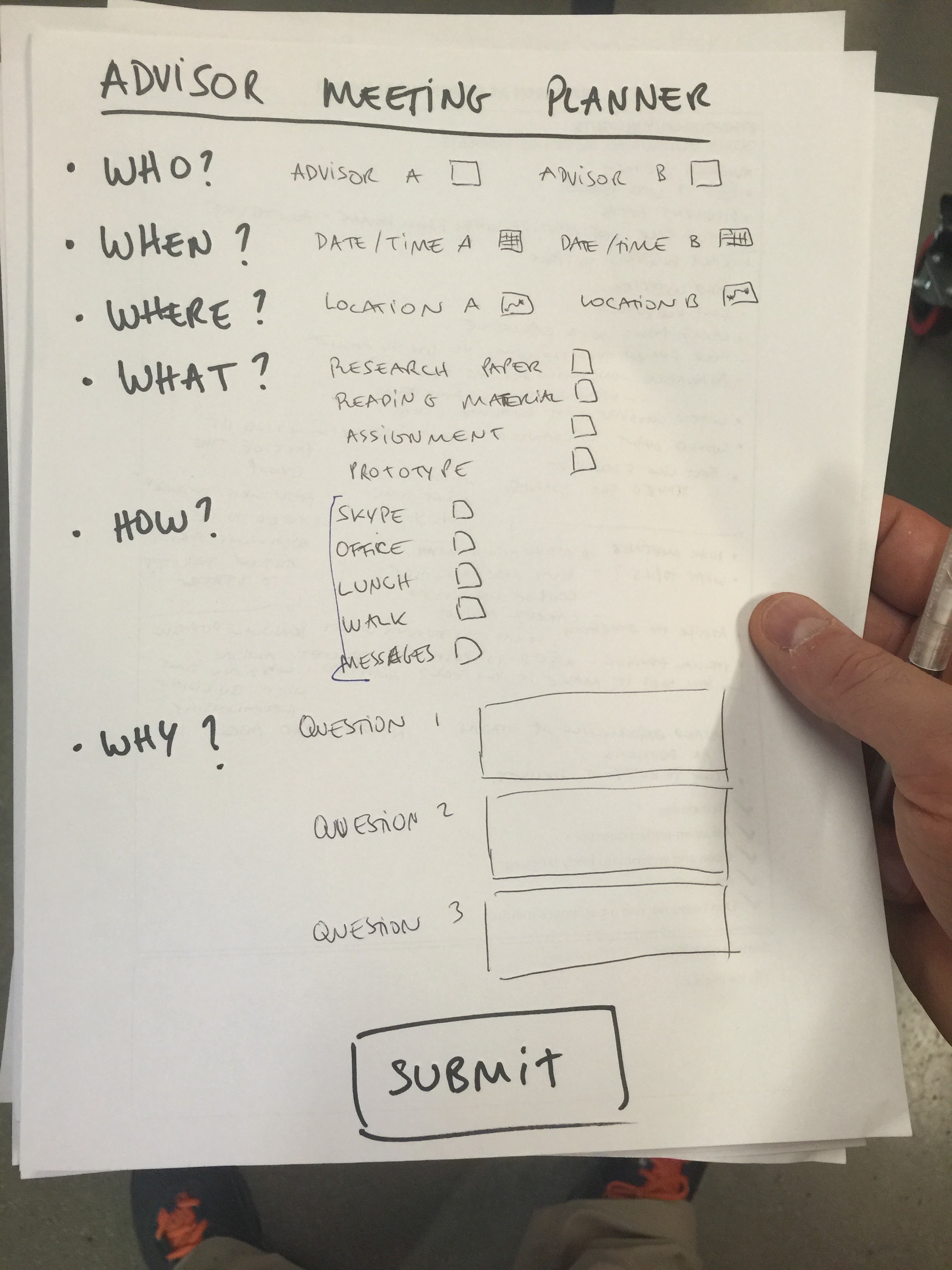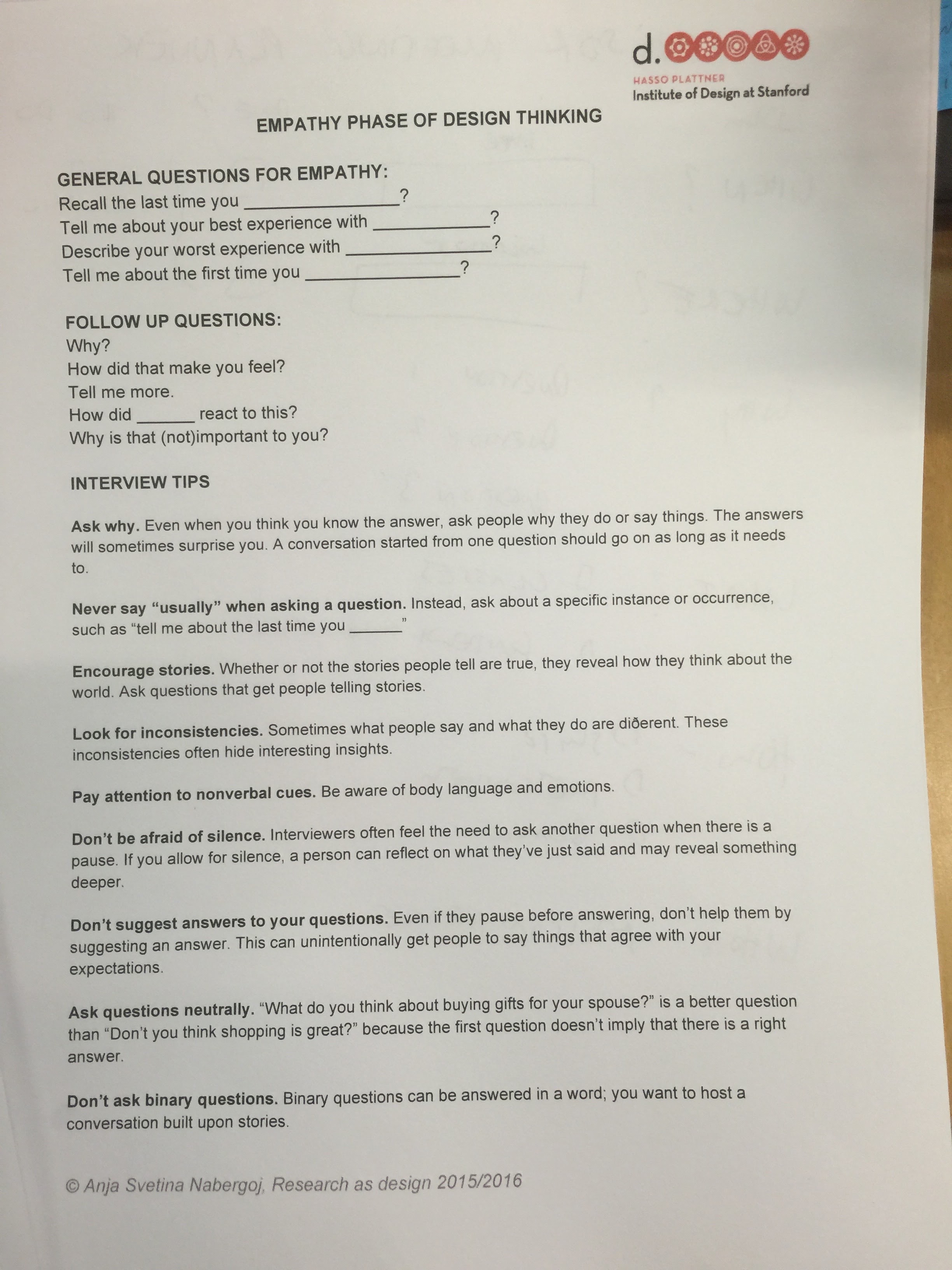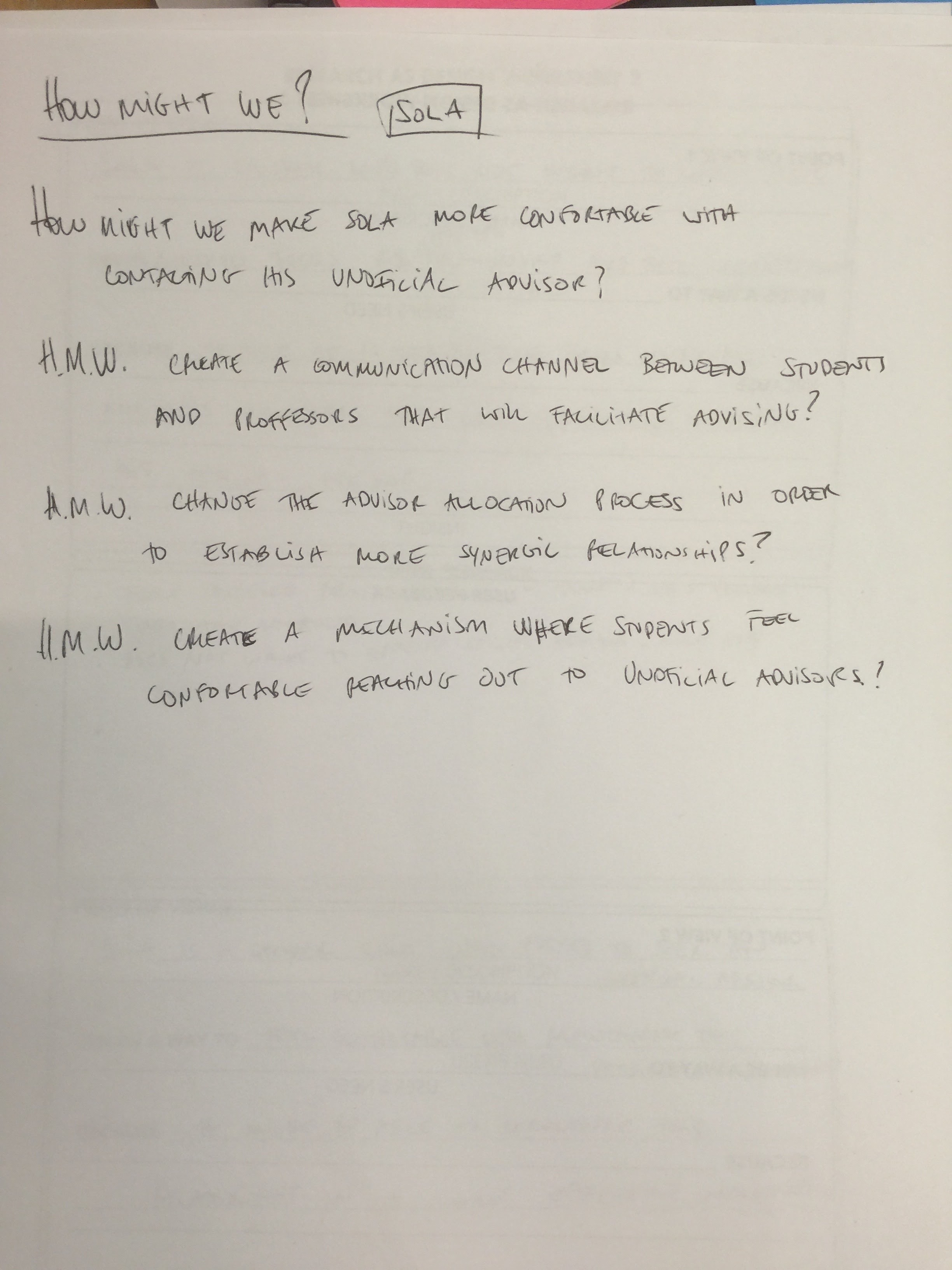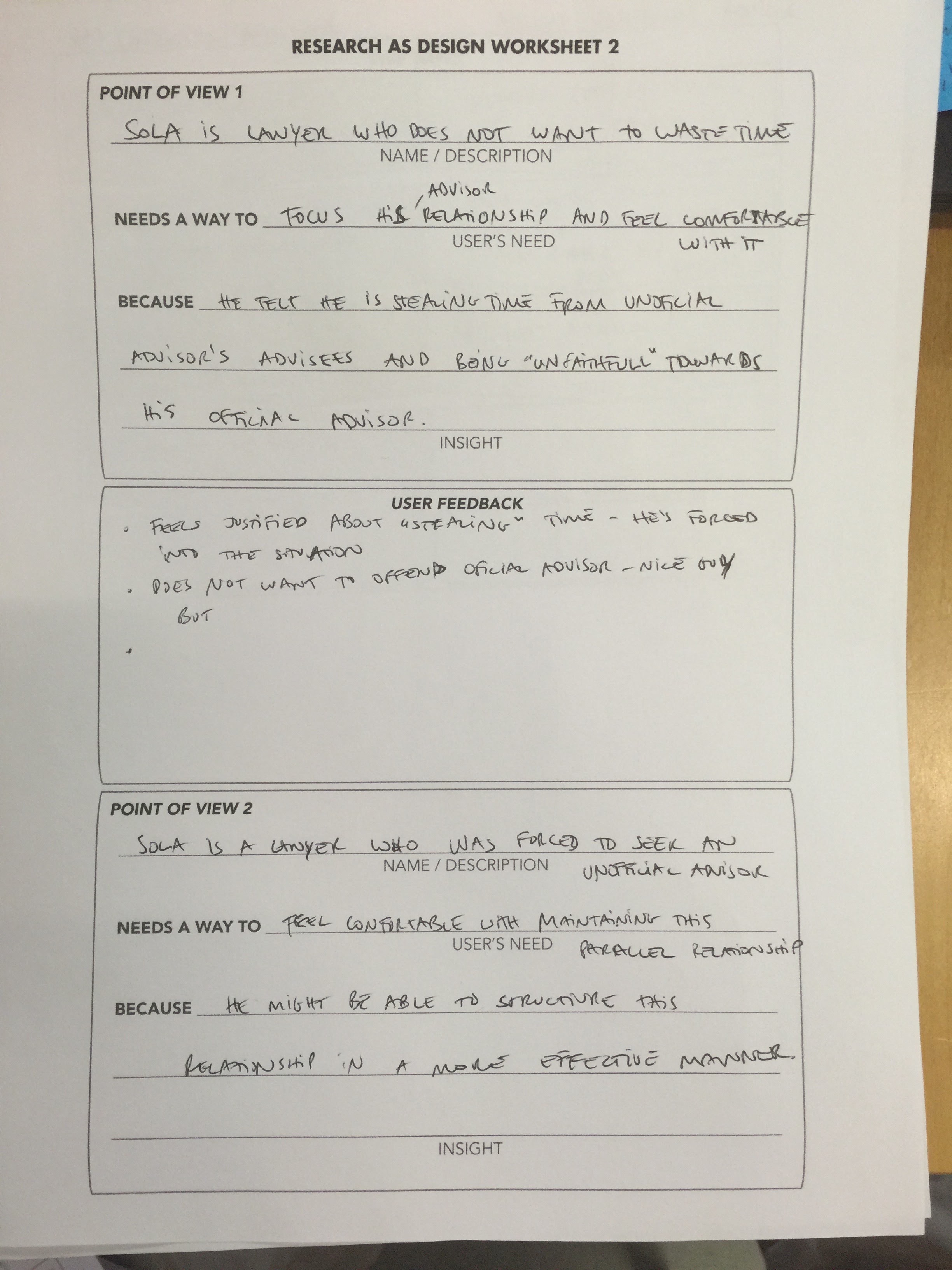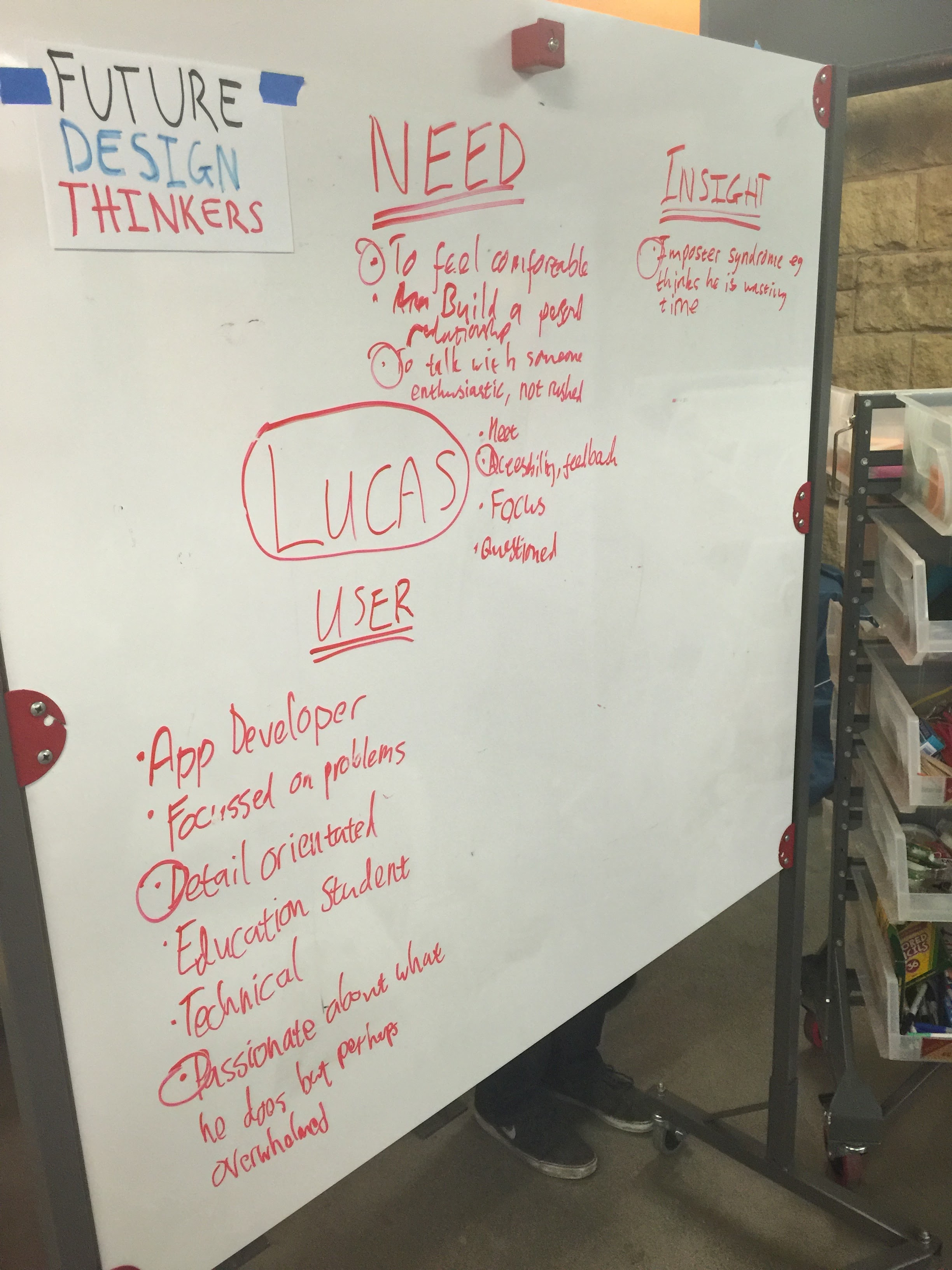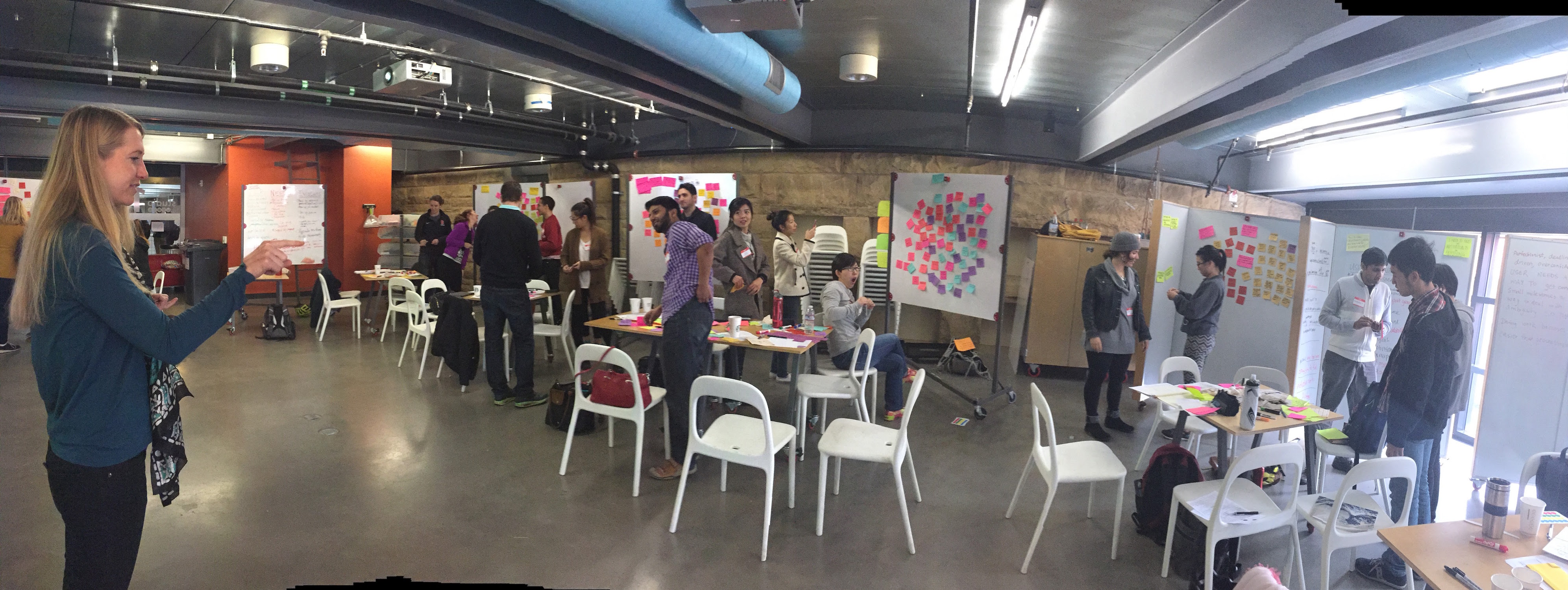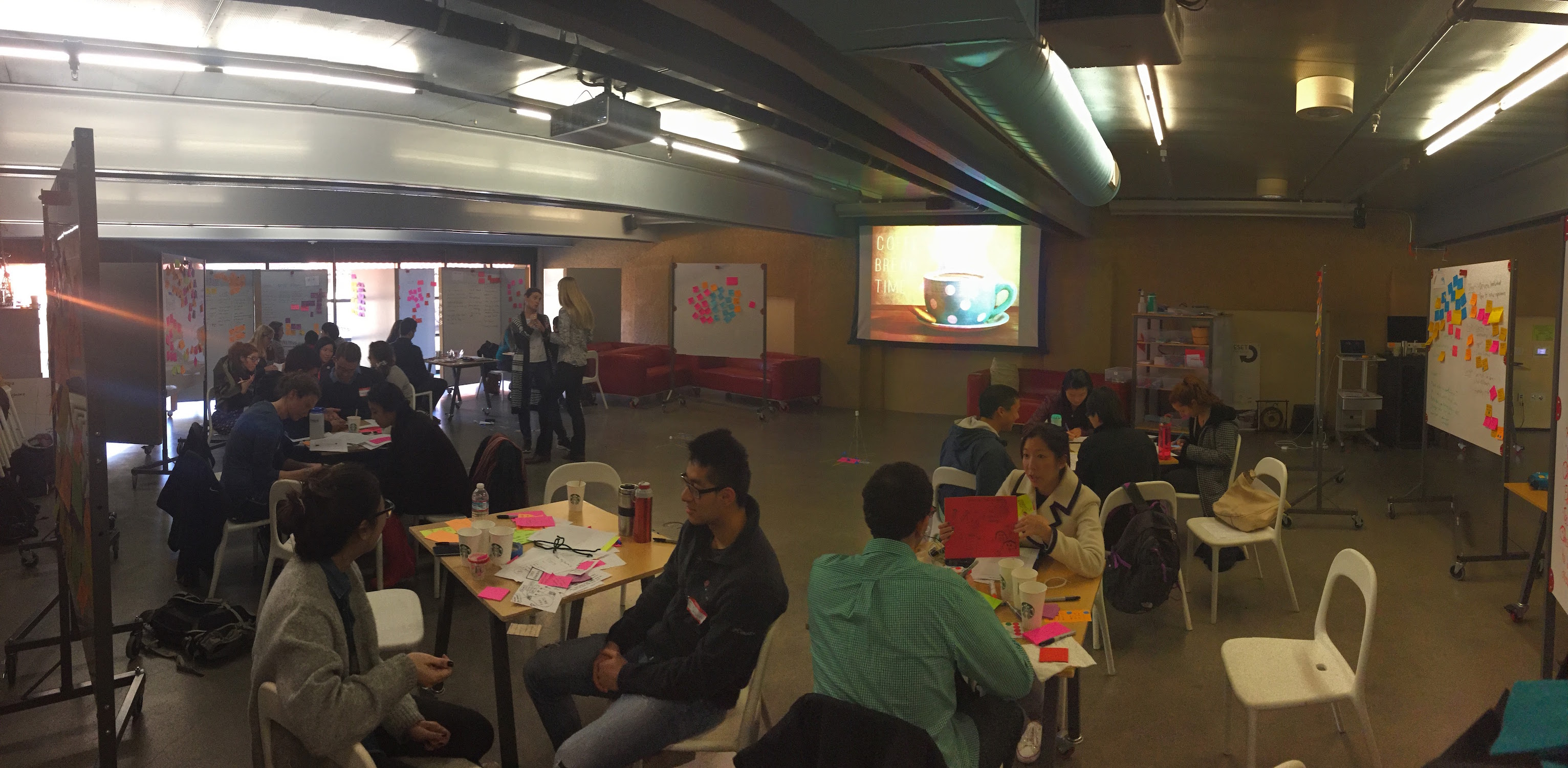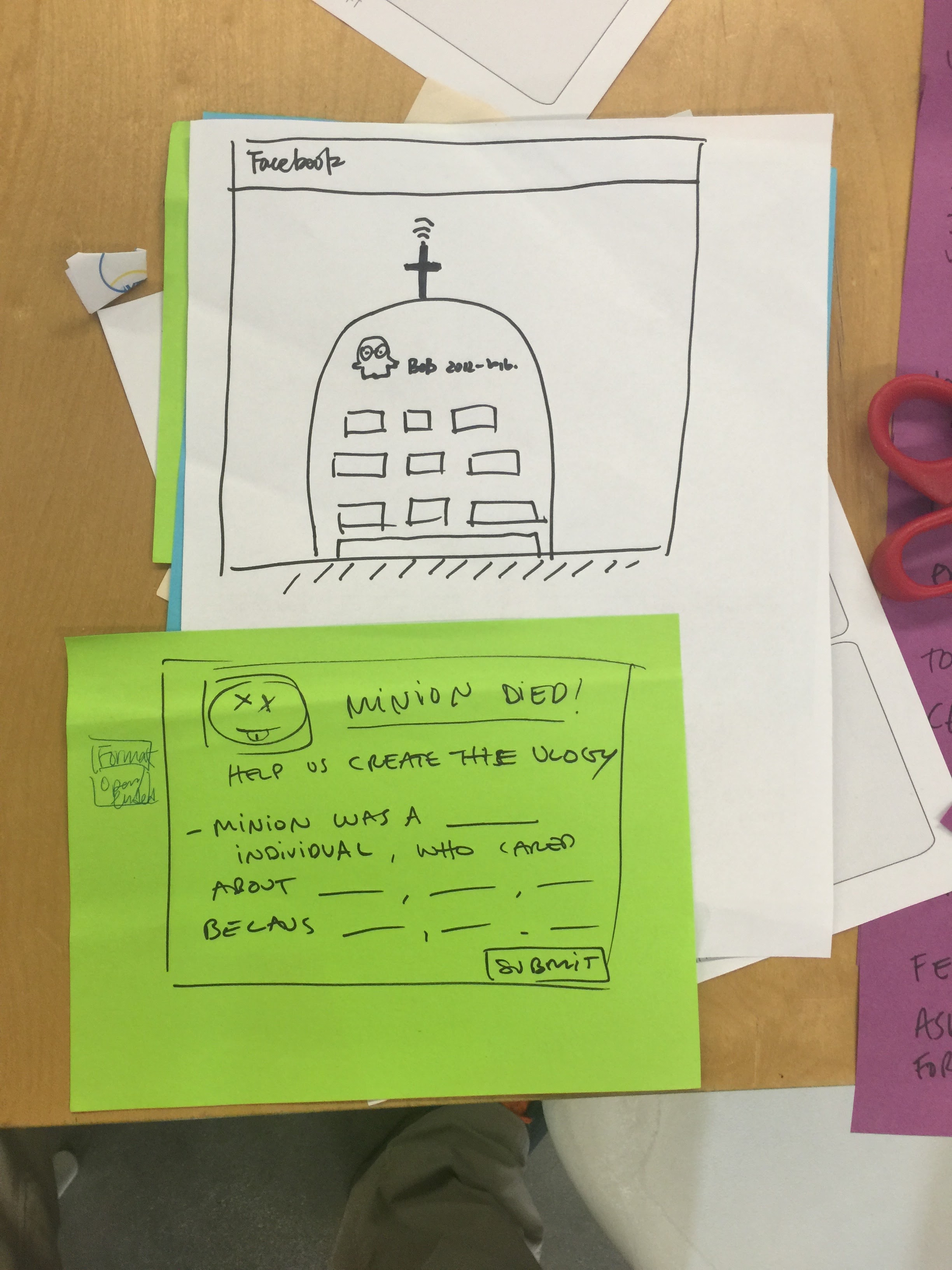Prompt
These short papers (approximately 2-3 pages) are intended to help students reflect on the experience of curriculum development, and to help us assess student understanding of concepts and ideas gleaned from the readings and class sessions. To maximize the benefits of the reading reflections, students should write papers that address topics of real concern. Each “RR” should reference specific reading assignments and make substantive connections between the text(s) and the curriculum development process and/or classroom discussions and site experiences.
Response
A curriculum is a distilled reflection of the multi-tiered struggle of the educational process; a struggle between cultural values, ideologies, interests, power, human relations, to name a few. It is also a conflict between the macro and the micro, intention and interpretation, and by definition, plural. The topic that is in eternal evolution and a central driver in the growth of our society. “What we call the curriculum is a multifaceted whole made up of the relationships between content, purpose, time, and individual and institutional actions as perceived and interpreted by various parties.”, (Walker, 1989, p.7) The sheer volume of factors that influence a curriculum design, its effectiveness, its purpose, and implementation lends itself to be a challenging endeavor and to be precisely defined. “So long as people disagree about what kind of education is best for humanity, they will prefer different definitions of curriculum” , (Walker, 1989, p.6) Curriculum construction is a daunting task involving several stakeholders, with varying interests, resources, and knowledge of the current research and best practices.
Let’s imagine that all the countries in the world joined forces to create a Global Curriculum. What would it look like? Who would decide what disciplines would be taught, how, and at what developmental stage of the learner? How would it be implemented in different contexts, with differing resources and widely varying levels of teacher’s and student’s previous knowledge? Is it possible that global guidelines be implemented inside a particular setting, with a specific teacher, for a specific learners?
“All that you get now with a position of authority over curriculum decisions is a seat at the “game” of curricular influence – and you have to play that position into influence over what happens in schools and classrooms. To do this you have to know where the floating crap game is today, what the current rules of the game are, who are the other pairs, what’s at stake, and how to play the game.”, (Walker, 1989, p.22)
Walker not only speaks of the process of influencing what a curriculum will look like, but also delineates seven important characteristics of curriculum practice, which lead me to reflect on the vast scope and power of curricula. Freire would say that curricula can be an instrument of control designed to oppress. As a mind-altering device (Eisner, 1994), one must be aware of the tacit implications a curriculum has in our children. Yet how do we come up with an agreement on how we should alter their mind? “For some the government has no business supporting the arts, and for others the school has no business teaching adolescents about sex.” (Eisner, 1994, p.48) In an ever more diverse society, these questions and issues permeate the curriculum design process.
Several curriculum ideologies guide this design process influencing what is taught, how it’s taught, and why. Religious Orthodoxy for example might inadvertently shy students away from being inquisitive in an attempt to avoid them being ‘exposed’ to differing values. “The claim that man rationality at its best is incapable of fully understanding God’s plan: only arrogance and ignorance would suppose otherwise.” (Eisner, 1994, p.62) Progressivism on the other hand, believes that we as rational organisms trying to best adapt to our environment. We are not a designed by a ‘God’ but we evolve as we adapt and grow in the world.
“Dewey’s work is rooted in a biological conception of the human being. By this I mean that he regards the human being as a growing organism whose major developmental task is to come to terms, thought adaptation or transformation, with the environment in which he or she lives.” (Eisner, 1994, p.67)
Gardner (1999) also gives us a synthetic list of struggles to consider:
• Breadth vs depth of content
• Accumulation vs. construction of knowledge
• Utilitarian vs. intellectual growth’s sake goals
• Uniform vs. individualized education
• Private vs public education
• Multidisciplinary vs mastery of one
• Assessments – all in or none at all
• Relative or universal standards
• Technocentric vs Homocentric
• Student-centric vs teacher-centric approach
The list of ideologies goes on and builds upon previous theories, research and beliefs. Each ideology focuses on core concepts that guide curriculum construction, which in turn, are implemented by teachers through their own ideologies, interpretations, and understanding. The school and/or the district will also have their own preferences, and so will the organizations and people funding educational projects. So how can we ensure that the best curriculum is designed and implemented? “Critical Theorists, in the main, tell the world what schooling suffers from, but they have a tendency to emphasize criticism rather that construction.” (Eisner, 1994, p.76) How might we navigate in the midst of these power and ideological struggles? Shall we using Noding’s (1992) care framework or focus on Gardner’s ‘truth, beauty and good’ trilogy? How do we manage Dewey’s suggestion of causing ‘disequilibrium’, balancing internal and objective conditions, and promote ‘positive’ growth?
I believe that curriculum has to be constructed grounded on the main takeaways from each ideology, the current context, target audience, and specific learning outcomes. The art of the task is to balance all the factors influencing the design, content, and relevance. We must learn how to construct curricula, and we know from research that the best way to learn is to do it. The opposing views and multitude of layers of curricula cannot shy us away from this necessary task central to education – be at the global, national, state, district, school, classroom, or student level.
References
Bruner, J. (1960). The Process of Education. Cambridge: Harvard University Press. pp. 1-32, 43-54.
Dewey, J. (1938/1997). Experience and Education. New York: Simon & Schuster. pp. 25-50.
Eisner, E. (1994). The Educational Imagination: On the Design and Evaluation of School Programs. (3rd. Edition). New York: MacMillan. pp. 47-86.
Freire, P. (2005). Pedagogy of the Oppressed. New York: Continuum. pp. 71-86.
Gardner, H. (1999). The Disciplined Mind. New York: Penguin Books. pp. 15-40.
Meek, A. (March 1991). On Thinking about Teaching: A Conversation with Eleanor Duckworth. Educational Leadership, pp. 30-34.
Noddings, N. (1992). The Challenge to Care in Schools. New York: Teachers College Press. pp. 44-62.
Walker, D. (1989). Fundamentals of Curriculum. Fort Worth, TX: Harcourt Brace. pp. 2- 33.
Ed 208B
Winter 2016
Feedback
Lucas,
This was an interesting topic for a reflection paper. It is clear that you have given a lot of thought to the way competing forces within society affect the construction of curriculum. While this is true, I am left wondering what exactly your the main purpose or thesis was in this work. I found a couple of places in the text that hinted at a main idea or argument, which I marked with comments. To strengthen this work, you might get explicit about the exact argument you are trying to make and make sure each paragraph is directly tied to this point. You writing has improved a lot since last quarter and it is nice to see this progress. Moving forward, you must give some time before writing to the identification of your main point and the organization of your ideas around this point.
Molly


